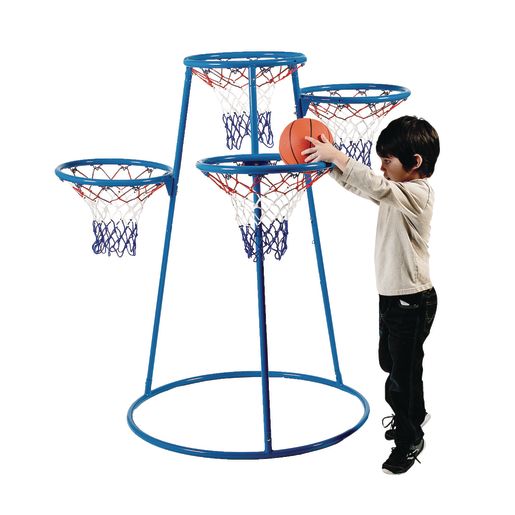Home »
Misc »
How to improve hand eye coordination for basketball
How to improve hand eye coordination for basketball
7 Ways to Improve Hand-Eye Coordination for Basketball
Did you know more than 26 million people play basketball in America? If you want to beat out the competition you’ll have to improve hand-eye coordination.
To succeed in basketball, you need a lot of skills. One of the most important these is your ability to coordinate movements with your eyes and your hands. Contrary to popular belief, you can develop this skill. It’s not just something you’re born with.
All you need to become a better basketball player is time, dedication, and a good place to start.
Here are our 7 recommend ways to improve hand-eye coordination in basketball games.
1. Play Catch
If you want to improve your coordination, you’ll have to go back to the basics. Remember when you used to play catch with your friends back during recess? Well, it’s time to find a partner and do it again.
Playing catch is a great way to practice hand-eye coordination. You should vary up the passes to avoid passive actions.![]() Throw overhead, bounce, and direct passes to your partner, and then ask them to do the same.
Throw overhead, bounce, and direct passes to your partner, and then ask them to do the same.
You should also vary the speeds of your passes as well. This is an important step because it helps your eyes learn to calculate the speed of the ball and how quick your hands need to be to catch it.
It’s not enough to have your hands in the right spot. You have to have them in the right spot at the right time, especially when there are defenders all around you.
2. Learn Focusing Tips
Many people who struggle with hand-eye coordination, actually just struggle with focusing problems. One way to improve this is by practicing focusing.
First look at an object nearby. Then focus your eyes on the object behind it. Repeatedly do this throughout the day. The faster you can focus on objects the better you’ll be able to catch, dribble and shoot.
It will be especially helpful when you have to play with defenders that are constantly changing positions. With this skill, you’ll be able to focus on a defender, and then quickly find your teammate on the court.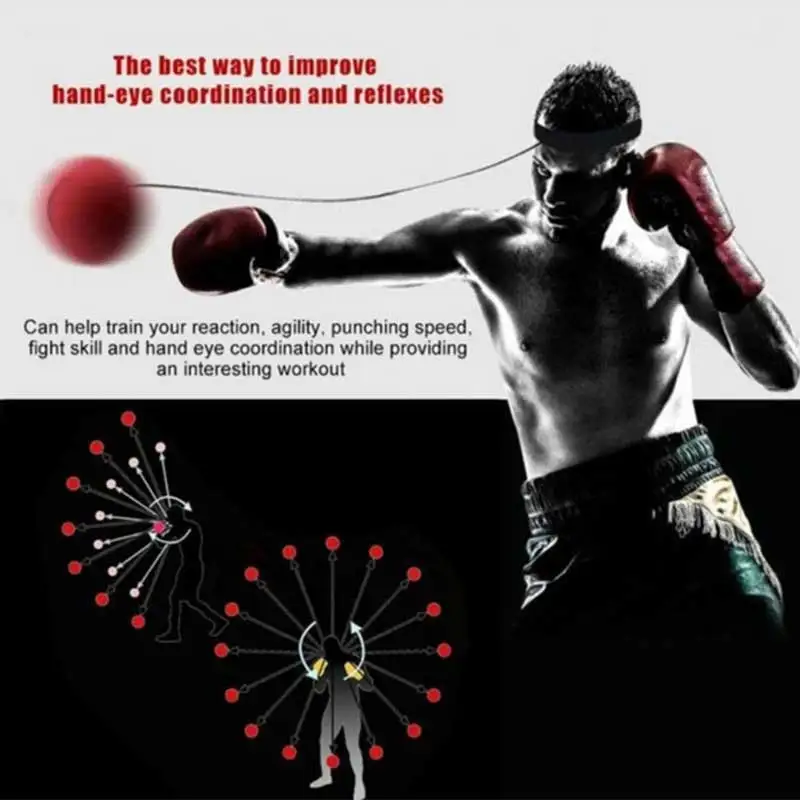
If you notice that you are having trouble focusing your eyes like you’d like to, you should visit an optometrist. Places like the Tri-State Centers for Sight can help provide other exercises or care that will help.
3. Practice Juggling
Juggling is a great hobby for basketball players to embrace. It teaches you how to remain calm when objects are speeding around you and helps your eyes learn how to track multiple items at once.
Don’t be discouraged if it takes a while for you to get the hang of it. Instead, just start with two balls and work your way up to more.
With two balls you’ll be able to get a consistent rhythm going. However, many people get flustered with three balls and can never find a rhythm. Learn how to stay calm, and the juggling will come naturally.
4. Bounce a Ball Off a Wall
Another good exercise is bouncing a ball off a wall. This can be helpful when you don’t have anyone to practice playing catch with.
The smaller the ball, the more challenging the exercise will be. If you are really struggling with hand-eye coordination, start with a basketball. Once you feel comfortable with that move down to smaller balls, like a tennis ball.
If you are really struggling with hand-eye coordination, start with a basketball. Once you feel comfortable with that move down to smaller balls, like a tennis ball.
Aim at a specific spot on the wall in your mind and throw it there. Then see how fast you can retrieve the ball without it bouncing too much.
5. Jump Rope
Jump roping is not only a great way to improve hand-eye coordination, but it’s also a great form of exercise. Add it to your daily work out routine and you’ll feel much more confident in your coordination before you know it.
Another benefit of jump roping is that it incorporates your feet as well. So you’ll get an added bonus of feet coordination to add to your skill set.
Needless to say, there are a lot of benefits but not a lot of problems when it comes to jumping rope.
6. Dribble with a Small Ball
Many of the drills we’ve highlighted above focused on passing or general coordination skills. This drill, on the other hand, improves your dribbling abilities.
For this drill, you’ll want to find a small bouncy ball, similar to a tennis ball.
Practice dribbling it in a lot of different scenarios. You can do fast drills, like a breakaway down the court, or you can practice dribbling without looking at all.
All of these will help you to improve your dribbling ability in a real game. In fact, you’ll be surprised how much easier dribbling a basketball will be.
7. Hit Targets
The last drill can be used with a small ball or a big one. Just remember when you use a smaller ball, it takes more skill and precision.
If you are struggling with a drill first start with a basketball and then move down the line of athletic balls. Here are some of our other tips for improving your workout goals this year.
For this drill, you are going to set up some targets against a wall. These can include balloons, actual targets, pictures, etc. Choose whatever will motivate you the most.
Then you are going to stand close to the target. Each round you will throw the ball at the target in an attempt to hit it. Once you are able to hit the target regularly at that distance, you should move a couple of steps back.
Each round you will throw the ball at the target in an attempt to hit it. Once you are able to hit the target regularly at that distance, you should move a couple of steps back.
You can also make the drill harder by using a tennis ball instead of a basketball.
Improve Hand-Eye Coordination Today
If you want to become a legendary basketball you need to improve hand-eye coordination. It’s a crucial skill to do well in the sport. However, you don’t have to do it alone.
If you need help talk with a personal trainer. They are great at helping individuals to achieve their athletic and weight goals. Contact our team to learn how to get started!
The Best Drills to Strengthen Hand-Eye Coordination
“There may be people that have more talent than you, but there’s no excuse for anyone to work harder than you do.” – Derek Jeter
We are just weeks away from the start of spring training. That means baseball players from all over the country will be heading down to Florida and training until they reach their peak performance. But what is the most important thing for them to train? Batting, catching, and running are all good guesses, but not what we are looking for. The right answer is hand-eye coordination. A player could hardly make it through one inning let alone an entire season if this skill isn’t perfected. The POWERHANDZ family wants every athlete to get the most of their training through our amazing gear as we push for you to become the next legendary player. We want every baseball player to have superhuman coordination. Here are some of the best training drills a player can do to improve this skill drastically.
But what is the most important thing for them to train? Batting, catching, and running are all good guesses, but not what we are looking for. The right answer is hand-eye coordination. A player could hardly make it through one inning let alone an entire season if this skill isn’t perfected. The POWERHANDZ family wants every athlete to get the most of their training through our amazing gear as we push for you to become the next legendary player. We want every baseball player to have superhuman coordination. Here are some of the best training drills a player can do to improve this skill drastically.
Ball Drops
A simple yet perfect way to improve hand-eye coordination is by doing ball drops. All it requires is some dedication and a tennis ball. How it works is you drop the ball on the ground, once it bounces up you run to catch it before it can touch the ground again. This will drastically improve the hand-eye coordination of a player, but also their first step speed and reaction time. Sometimes less is more and this training technique proves that the easiest things can give us the best results. For an even better training session, be sure to check out our fantastic baseball products. We guarantee that the results will leave the competition speechless.
Sometimes less is more and this training technique proves that the easiest things can give us the best results. For an even better training session, be sure to check out our fantastic baseball products. We guarantee that the results will leave the competition speechless.
Practice Juggling
Juggling isn’t really a skill you would think of a baseball player having, but you would be shocked to learn that a lot of players do it as part of their training routine. This is not a joke, in fact, it is the farthest thing from it. Juggling 3-4 tennis balls a week should be in every baseball players training program. Studies have shown that after just a few practice sessions, people who used it to train had drastically improved catching, pitching, and batting skills. Not only that, but it encourages brain growth, meaning it will make you smarter.
Wall Ball
How many people really like training? It’s hard, takes up time, and there are probably a million other things someone would rather be doing. Muhammad Ali himself, the greatest boxer to ever live, admitted that he hated to train. So why not make it fun? The classic game of wall ball is the perfect way to train and have a good time. It can be played with 2-6 players and helps train hand-eye coordination and footwork. It also helps team members form bonds and become closer. When teammates are close friends, it drastically improves the teams’ strength. Why not take the pain out of training and have a good old fashioned game to keep up and improve your skills?
Muhammad Ali himself, the greatest boxer to ever live, admitted that he hated to train. So why not make it fun? The classic game of wall ball is the perfect way to train and have a good time. It can be played with 2-6 players and helps train hand-eye coordination and footwork. It also helps team members form bonds and become closer. When teammates are close friends, it drastically improves the teams’ strength. Why not take the pain out of training and have a good old fashioned game to keep up and improve your skills?
Using Smaller Balls
One of the best ways you can take your baseball training to the next level is to train with smaller balls. Now you might be saying right about now, “but why would that help? Wouldn’t it just make it more difficult to play with a larger ball?” We can assure that not only is this wrong but that it will improve all of the important aspects a player needs if they want to be in the MLB someday. When a baseball player is using smaller balls they not only get better hand-eye coordination, but better batting, catching, and throwing skills. After spending all spring using a ball half the size of a baseball, it’s going to be child’s play to dominate on the field.
After spending all spring using a ball half the size of a baseball, it’s going to be child’s play to dominate on the field.
If you want to take your baseball training to the next level, you need to focus on these killer hand-eye coordination drills. Ball drops, practicing juggling, and using smaller balls are guaranteed to improve even the best players performance. Wall ball is not only great training but helps strengthen the bonds of the team. We want you to train to become the next legendary ball player and when you incorporate these drills into your training, you will be one step closer to killing it. Never underestimate how far a little juggling can take you in the grand scheme of things. We highly recommend wearing your POWERHANDZ gloves during each of these drills to truly get the most out of every motion and maximize the potential of your kinetic chain.
At POWERHANDZ, we want you to train with purpose. Our gloves will not just improve your training, but take it to the next level. Our products aren’t exclusive to baseball, we also have items for basketball, football, MMA, and golf. We want you to not just be as best as you can be, but the superstar we know you can. To learn more about what it takes to become one the greats and POWERHANDZ, check out our blogs.
Our products aren’t exclusive to baseball, we also have items for basketball, football, MMA, and golf. We want you to not just be as best as you can be, but the superstar we know you can. To learn more about what it takes to become one the greats and POWERHANDZ, check out our blogs.
19 activities and games to improve hand-eye coordination
- Ekaterina Vasilyeva
- Feb. 21, 2021
- Preparation for school
Hand-eye coordination, also known as eye-hand coordination, is an important gross motor skill that children develop at an early age.
Find out what it is, why development is important, and how you can help your children develop coordination through simple games and activities.
What is hand-eye coordination?
Hand-eye coordination is the ability to perform hand movements guided by the eyes. Children's hands and vision work together to complete tasks.
Sometimes these tasks need to be done quickly and accurately, such as when catching a ball.
Some examples of hand-eye coordination
Here are some examples where hand-eye coordination is required to complete a task:
- Infant grasping an object
- Cricket ball
- Tying shoelaces
- Writing a proposal
- Comb hair
- Making a cup of tea
Why is hand-eye coordination important?
Hand-eye coordination is an important skill for everyday life. A simple task like making a cup of tea would be difficult if you couldn't aim and pour boiling water.
Hand-eye coordination is essential not only for daily tasks, it is also important for playing sports and learning to read and write at school.
Reading and writing require well developed visual skills.
Your brain needs to track the position of the pencil and control the movements of your hands and fingers. As you read, your brain visually tracks as you move from left to right and down to the next line.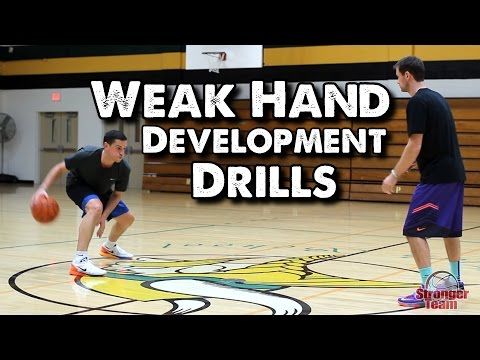
If you are a teacher or a parent who understands the importance of the general intellectual development of the child and appreciates the importance of the game approach for preschoolers, you will enjoy a comprehensive school preparation program for children.
How can you improve your child's coordination?
The development of hand-eye coordination is a process that occurs naturally when children play. Learning should always be fun.
You can encourage your children by giving them large blocks of time to play freely every day, and by engaging your child in certain games and activities that develop this skill.
It is important that these skills are developed at an early age, as most of this learning occurs by age 4. Therefore, early stimulation is critical.
19 Hand-eye Coordination Games and Exercises
These games and exercises are simple and fast and train the brain's ability to coordinate hand and eye at the same time.
Do one session a day for 5 minutes and you will have a huge impact on your child's motor development, which will later help him learn to read and write.
1. Throwing and catching the ball. This is probably the best way to develop your child's eye-hand coordination.
You should practice catching and throwing balls often as this is also a skill that will be needed when your child starts playing sports. Alternating throws with knocking the ball to each other.
Use balls of various sizes such as tennis balls, basketballs, beach balls, etc. Throwing and catching smaller balls requires more advanced skills.
2. Pillow fight This is something the kids will love! Throw pillows at each other and work with eyes, hands and laughter at the same time.
3. Threading and lacing Thread and lacing are great for developing concentration as well as practicing controlled movement. Your child must carefully coordinate their eyes and fingers to complete this task.
Your child must carefully coordinate their eyes and fingers to complete this task.
Make your own lacing cards using cardboard molds and punch holes in them, or purchase a set of lacing cards.
String beads or use pasta to make a necklace!
Threading and lacing are two of the best ways to develop fine motor skills.
4. Gardening Gardening is a good way to get outside while developing coordination and general motor skills.
All you need is a basic gardening kit and you're ready to go.
5. Pins Buy bowling pins or make your own by filling large plastic bottles with water and painting them in different colors. Then place them in a row and take turns rolling the ball to knock them over. As your child gets more experienced, make small skittles out of small bottles and knock them down with a smaller ball.
6. Puzzles Puzzles are one of the best activities for your child. They develop skills such as fine motor skills, shape recognition (pre-math), problem solving, logic, attention and, of course, hand-eye coordination.
They develop skills such as fine motor skills, shape recognition (pre-math), problem solving, logic, attention and, of course, hand-eye coordination.
7. Balloon Toss Inflate a small or large balloon and see how long your child can keep it in the air by tossing the ball to the child.
This is great for developing coordination as it requires fast movement and quick thinking to keep the balloon from falling, as well as eye and hand work at the same time.
8. Sandbox toys. Playing in the sandbox with filling containers with sand and building sand structures can give a lot of practice to develop coordination.
Offer your child buckets and containers of various sizes, as well as utensils such as shovels and rakes.
9. Cutting Give your child different types of paper - such as newspaper, tissue paper, cardboard, etc. - and let him cut it into shapes or strips.
Learning to cut with scissors is a great way to develop hand-eye coordination at a young age.
10. Rope Jumping is a tricky skill that many kids can't master, but it's so good for kids' coordination.
Not only do children need to coordinate both sides of their body and alternate legs, but they also need to move the rope while making sure they jump over the rope.
11. Throwing objects Playing with throwing objects develops gross and fine motor skills. You can develop your child's hand-eye coordination in a number of ways:
- Throw them in the laundry basket
- Throw them into the low hoop
- Catch them with one hand (from the age of 5)
- Throw them in the air and catch them (from the age of 6)
- Play the bean toss game
12. Painting Your children should spend time painting every day. This basic exercise helps you understand how the eyes and fingers work together to achieve a given task.
Provide a variety of utensils and materials such as paper, cardboard, whiteboard, pencils, crayons, paints, etc.
big muscles. He also has to cross his arms to reach the left and right edges of the board, which develops his ability to cross the middle line.
14. Dribbling around the cones Place the plastic cones in a shape such as a straight line or circle and dribble between them using a stick of some kind.
Improvise with water-filled plastic cones, or try this set of cones that comes with bean bags and rings.
15. Finger painting. This messy activity provides a sensory experience as well as an opportunity to develop hand-eye coordination. Make your own finger paint at home.
For even more fun, try Bath Finger Paint.
Your kids will love learning while they immerse themselves in color.![]()
16. Block building or Lego Building toys such as wooden blocks or Lego are great for developing concentration, fine motor skills and coordination.
Wooden Bricks Set is an essential educational toy for every child that will provide hours of learning as kids develop creativity, imagination, problem solving skills and more.
17. Building sets As an alternative to bricks and Lego, offer your child other building sets that have pieces that connect, connect, or click and fit together.
18. Egg and spoon The egg and spoon race is one of my favorites. It's such an easy game to play with your child and you'll laugh and giggle together as they practice this important skill.
This is a great activity for balancing young children.
Don't forget to boil the egg first!
19. Swing ball Hitting a ball on a rope with a bat is one of the best exercises for developing hand-eye coordination.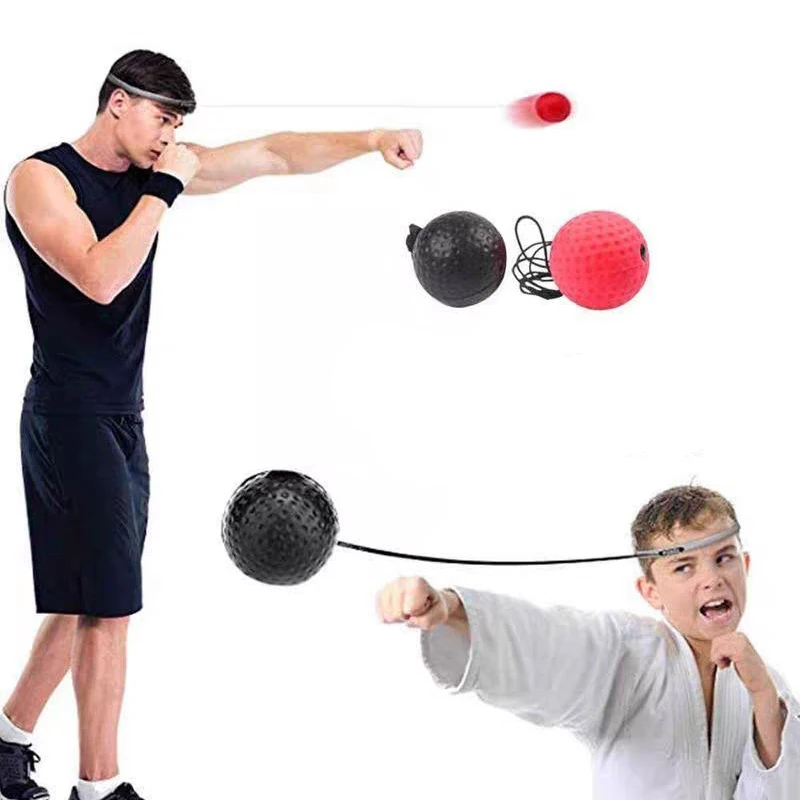 You can build his houses with a wooden pole and rope.
You can build his houses with a wooden pole and rope.
Eye-hand coordination problems
Sometimes children have poor coordination problems related to vision or motor control.
Pay attention to the following signs:
- Clumsiness
- Disappointment
- Keeping things too close to their eyes
- Activity avoidance
If you suspect that your child has problems with hand-eye coordination, talk to a pediatrician, ophthalmologist or optometrist.
Eye-Hand or Eye-Hand Coordination - Cognitive Ability
What is hand-eye coordination?
Hand-eye coordination, also known as eye-hand coordination, visomotor or eye-hand coordination is the ability, with which we can use our eyes and hands at the same time when performing actions . We use information from our eyes (visual perception of space) to coordinate our hand movements.
- We use our eyes to direct our attention and help our brain locate our body in space (proprioception).
![]()
- We use our hands to perform a certain task simultaneously and in a coordinated manner based on visual information.
Hand-eye coordination is a complex cognitive ability that is especially important for a child's normal development and schooling. However, in the life of adults, coordination in the "eye-hand" system plays an equally important role. With the help of hand-eye coordination, we carry out coordinated actions of the hands and eyes.
In our daily life, we use visomotor coordination almost constantly, which is why it is so important to improve and train it . As a rule, we use visual information to correct our movements and behaviors. This cognitive ability is very important.
Examples of Hand-eye Coordination
- When making notes on paper, we use hand-eye coordination. While writing, our eyes inform us about the position of the hand and the quality of the writing. Based on this information, we create various motor programs in order to correct problems that may have arisen during the previous motor program (feedback).
 This is a sequence of very fast and precise motor acts, so it requires certain abilities and training.
This is a sequence of very fast and precise motor acts, so it requires certain abilities and training. - Something similar to the previous example occurs when typing on a computer. The types of movements used to produce letters will vary, but equally, visual information (evaluation of whether the text is well or poorly written) is used to guide hand movements or correct errors.
- When driving a car, we constantly use hand-eye coordination, coordinating our driving movements in accordance with the visual information that surrounds us.
- When we exercise, we coordinate what our eyes see with our body movements. Depending on the sport, visual-manual coordination (basketball, tennis, baseball) or hand-eye coordination (football, athletics) will dominate. However, almost every sport requires visual coordination with most muscle groups, so these cases can be considered examples of hand-eye coordination in general.
- When we try to insert a key into a lock, we use hand-eye coordination.
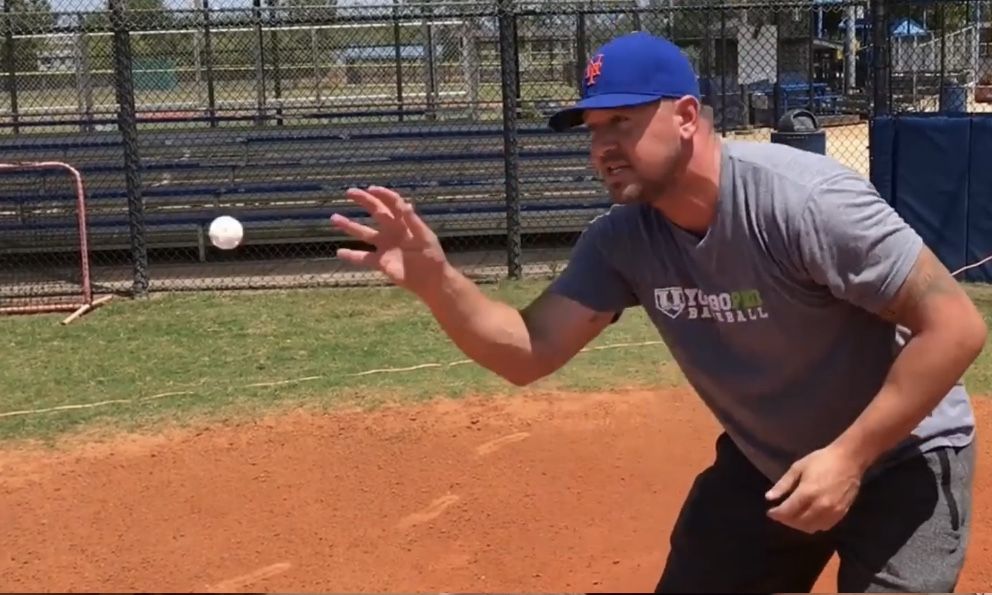 Such examples include situations when we try to insert a card into an ATM, or when a child plays with a designer.
Such examples include situations when we try to insert a card into an ATM, or when a child plays with a designer.
Pathologies associated with hand-eye coordination deficit
First of all, it should be taken into account that hand-eye coordination can fail even if the person's vision or eyes are not damaged , and also make mistakes, despite the fact that muscles or motor control are functioning correctly. If at the appointment with the ophthalmologist the child was told that he had good vision, this does not exclude the presence of problems with hand-eye coordination. A direct violation of hand-eye coordination will only affect the ability of the visual and motor systems to work together.
In addition, any impairment of the visual or motor systems can significantly impair hand-eye coordination. Visual and muscular pathologies such as strabismus, amblyopia, muscular hypotonia, postural imbalance or cross-lateralization can cause problems with this cognitive ability.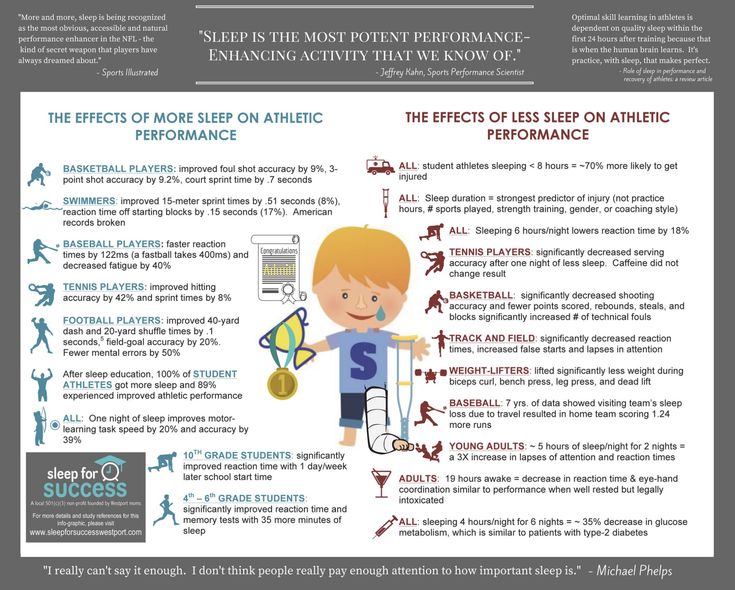 In addition, brain injuries that affect areas related to motor or perception can cause impaired vision motor coordination.
In addition, brain injuries that affect areas related to motor or perception can cause impaired vision motor coordination.
Problems with hand-eye coordination can negatively affect many activities. This can be expressed as developmental disorders, in learning difficulties in general (problems in teaching literacy or in sports), in school or university studies (if a student makes many mistakes in notes, his attention in the classroom becomes more distracted), in in problems in professional areas (if an employee has difficulty typing on a computer or assembling parts, their efficiency decreases) and problems in our daily lives (from putting a spoon to your mouth or sewing to driving a car).
How to measure and evaluate hand-eye coordination?
Hand-eye coordination is the basis of many behaviors in our daily life. Adequate behavior in our usual environment presupposes the presence of correct visomotor coordination. Thus, the assessment of this cognitive ability can be very useful in various areas of life: in schools (to know which child will have more difficulty in writing or performing tasks related to academic performance), in medicine (to know if the patient will be able to drive a car). or even eating unaided), or in occupational areas (especially for jobs where vision-motor coordination is most important, although good eye-hand coordination is also essential even for efficient office work).
Thus, the assessment of this cognitive ability can be very useful in various areas of life: in schools (to know which child will have more difficulty in writing or performing tasks related to academic performance), in medicine (to know if the patient will be able to drive a car). or even eating unaided), or in occupational areas (especially for jobs where vision-motor coordination is most important, although good eye-hand coordination is also essential even for efficient office work).
The tasks that CogniFit offers to measure this cognitive ability are based on the classic Wisconsin Card Sorting Test (WCST), Attention Variability Test (TOVA), Hooper Visual Organization Task (VOT) and the Stroop test. Through activities aimed at coordinating movements that link hands and visual accompaniment to an object, a reliable assessment of the user's neuromuscular abilities is performed. It is necessary to synchronize the action of the muscles that cause the movement of the arm in order to set the appropriate speed and intensity.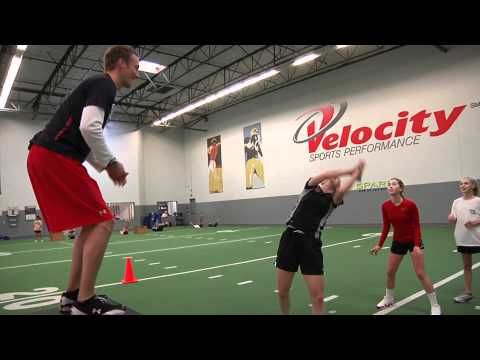 In addition to measuring hand-eye coordination, the program also evaluates cognitive flexibility, divided attention and monitoring.
In addition to measuring hand-eye coordination, the program also evaluates cognitive flexibility, divided attention and monitoring.
- UPDA-SHIF Timing Test : In this test, a ball in motion will appear on the screen. The goal will be to coordinate the pointer with the movement of the ball as closely as possible, following its trajectory.
- DIAT-SHIF Multitasking Test : follow the movement of the white ball and read the words that appear in the center of the screen. When the word that is in the center of the screen matches the color in which it is written, you should give an answer (paying attention to two stimuli at the same time). In this task, it is important to be ready for a change in strategies, new types of responses, and at the same time manage the abilities of control and vision.
- HECOOR Coordination Test : You must use the arrow to follow the ball that moves around the screen. It is important not to go beyond its borders.
 This will require manual and visual tracking of the ball.
This will require manual and visual tracking of the ball. - REST-HECOOR Speed Test : A blue box will appear on the screen. You need to click on it as quickly as possible, keeping in the center of the rectangle. The more times you click on it in the allotted time, the better the result will be.
- REST-SPER Decision Test : many objects will appear on the screen. You need to click on the target objects as quickly as possible while avoiding the others.
How to restore or improve hand-eye coordination?
Hand-eye coordination can be trained and improved just like other cognitive abilities. CogniFit gives you the ability to do it like a pro.
Rehabilitation of eye-hand coordination based on brain plasticity . CogniFit offers a series of exercises designed to address hand-eye coordination problems and restore other cognitive functions. The brain and its neural connections are strengthened when using the functions that depend on them.